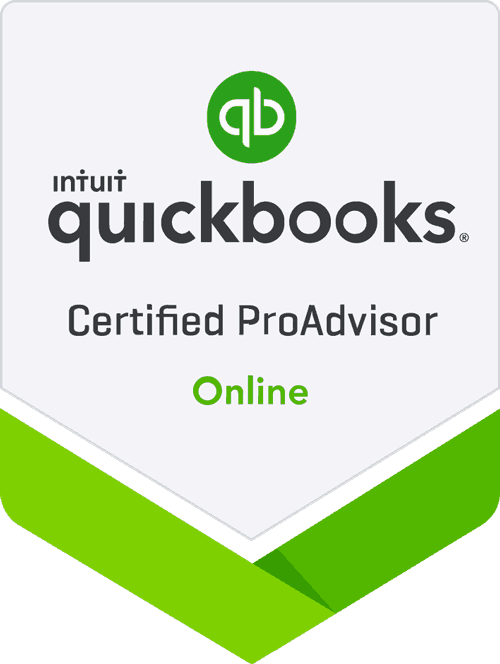Many businesses often struggle with navigating the complexities of workplace safety and insurance. The WSIB Initial Assessment Report plays a role in ensuring both compliance and financial readiness for potential occupational injuries. This blog will delve into what the WSIB Initial Assessment Report includes, why it holds significance for your organization and how to effectively assess its outcomes.
What is WSIB Initial Assessment Report?
Companies in Ontario must register with the Workplace Safety and Insurance Board (WSIB) if they meet criteria related to employee numbers and job nature. Upon registration, these companies undergo ongoing assessments by the WSIB, which are outlined in the WSIB Initial Assessment Report.
This report provides details on the premiums that businesses are required to contribute to the workplace safety and insurance system based on their payroll and industry risk level. The initial report sets out how a business will interact with the WSIB, outlining responsibilities and coverage in case of injuries or illnesses.
Understanding your WSIB Initial Assessment Report is crucial for various reasons:
1. Financial Planning: The report evaluates how much your company will be required to pay in insurance premiums, which can impact your financial planning and budgeting.
2. Ensuring Compliance: The WSIB regulations are crucial for avoiding fines and penalties that your company could face.
Understanding the risks highlighted in your report allows you to proactively address them, potentially reducing premiums and enhancing safety.
How to Understand Your WSIB Initial Assessment Report
Check Premium Rate Statements: Your report will include a breakdown of the premium rate calculated based on your employees insurable earnings and industry risk level. It’s essential to examine this information to understand how your rate was determined and ensure reporting of all employee earnings.
Evaluate Classification Units: Different businesses are grouped into Classification Units (CUs) based on their type of work, each associated with a premium rate depending on the industry’s risk level. Confirm that your business is classified correctly to avoid overpaying or underpaying premiums
Interpret the Statement of Account: The Statement of Account section details transactions between your company and WSIB, covering premiums, adjustments, and credits. Regularly review this section to ensure that payments are up to date and accurately recorded.
Prepare for Future Assessments: Be ready for evaluations by WSIB especially if significant changes occur in your business operations or payroll. Be proactive by keeping records and promptly updating the WSIB with any information.
Strategies to Manage Your WSIB Costs from an Accounting Perspective
1. Regular Review and Auditing: Consistently review and audit your payroll records and claims history to ensure that what is reported to the WSIB is accurate. Discrepancies could result in incorrect premium calculations.
2. Safety Programs: Invest in safety training programs to promote a work environment that could potentially result in fewer claims and lower premiums.
3. Claim Management: Establish a strong process for handling workplace injuries efficiently. Effective management can facilitate a quicker recovery and return to work, ultimately reducing claim costs.
4. Expert Consultation: Consider seeking guidance from a specialist in WSIB or an accountant well versed in WSIB reports and regulations to ensure compliance while maximizing opportunities for reduced premiums. At G.L.H. Accounting, we specialize in WSIB filing and management, offering tailored expert advice for your business requirements. Let us guide you through the ins and outs of WSIB assessments so you can concentrate on effectively managing a secure and thriving business.
The WSIB initial assessment report goes beyond formalities; it serves as a crucial tool, for managing your business’s risk exposure and compliance obligations. By understanding the contents of this report, you can effectively manage your obligations, ensure compliance, with safety guidelines, and promote a safe working environment. It’s important to take an approach to workplace safety as it can lead to costs and a more efficient workforce.
Book your consultation with G.L.H. Accounting for guidance and personalized expert advice tailored to meet your business needs. Ensure that your business not only meets but exceeds WSIB standards with our assistance. Let us help you turn compliance into an opportunity to enhance safety measures and financial stability.
About Author
Shanel John is a dedicated Certified Public Accountant (CPA) at G.L.H. Accounting, specializing in Income Tax since January 2012. Based in Brampton, Ontario, Canada, Shanel offers expertise in tax preparation, financial accounting, and advisory services. A certified QBO Pro Advisor, Shanel’s decade-long experience and knowledge make her a trusted figure in the accounting field.



